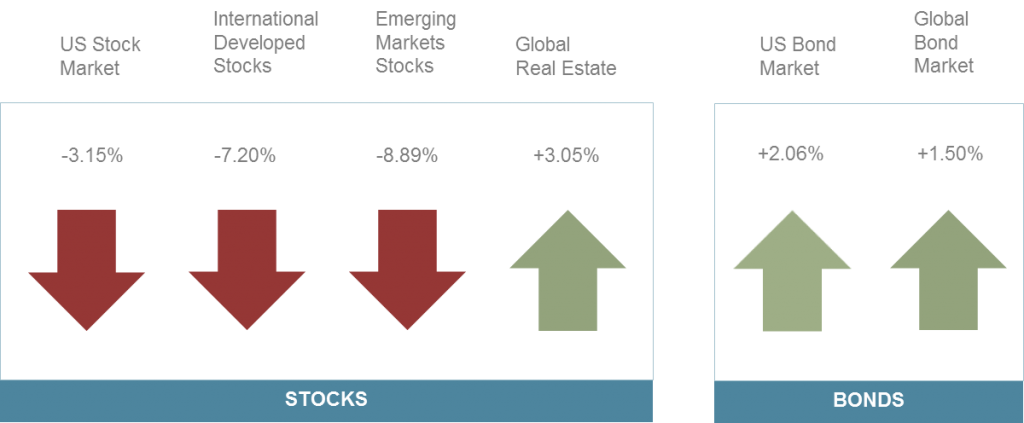- Australia’s champion racehorse Black Caviar is unbeaten over twenty-two races. Think of her as a growth stock with four legs. With a brilliant bloodline and a huge fan base—she even has her own Facebook page—Black Caviar is turning into the most popular racehorse since the legendary Phar Lap.The five-year-old mare prevailed in Britain’s premier racing event at Royal Ascot late last month. But unless you own part of Black Caviar, you’re unlikely to make much money from placing a bet on her fortunes. “The Wonder from Downunder,” as she is known, pays close to even odds with bookmakers.
That’s the problem with (perceived) no-risk bets. The high probability of a win means your expected return is very low.
It’s reminiscent of the equity market, where you can choose to buy highly priced growth stocks. Many investors are prepared to put a high price on these companies’ expected cash flows. In other words, they are prepared to accept a lower expected return for the perceived lower risk of owning a stock that is growing faster than
the wider market. This is similar to how gamblers in aggregate are prepared to accept a much lower return than the wider field for the perceived lower risk of putting their money on Black Caviar.So why not back the favorite all day? Well, that could be a legitimate decision for some investors, if they are prepared to accept lower expected returns for lower risk. On the other hand, there is strong academic evidence that there is a long-term premium for tilting your portfolio to lower-priced “value” stocks. You could think of these as the unknown or unfancied horses—the ones with the wider odds.
Unlike the racetrack, however, there is more than one winner on the stock market. It is just a question of how much risk you wish to take. Backing past winners means you forgo the chance of earning a bigger dividend on the outsiders.
And keep in mind that even if you put it all on the stock market equivalent of Black Caviar, there is still no guarantee you will be rewarded. Even champion racehorses eventually lose. And by concentrating your bet, you leave yourself more exposed to specific risks related to that one entity.With long-term investment, you are better to spread your risk through diversification. Backing the entire field—or sections of the field—leaves you less prone to the risk associated with individual runners.
Ultimately, a great company or champion racehorse is one thing. A great investment is another. Black Caviar comes at a cost.


